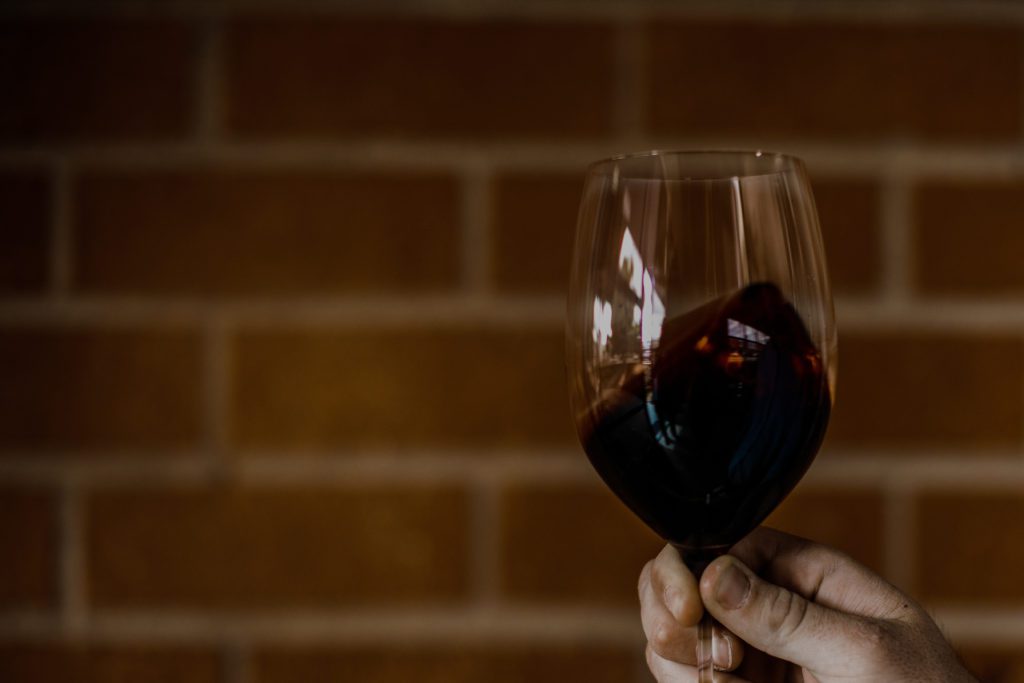I was recently invited to participate as a judge in the annual New York Jewish Week wine tasting. This involves the blind tasting of hundreds of wines across numerous regions and price points. The tasting is broken up by color and price point and takes place over five days, in the Jewish Week offices in Times Square. Since I never like to turn down a good invitation, I picked the tastings that were on consecutive days and made my plans.
Never liking to have too much time alone in the city that never sleeps, I was fortunately very quickly able to fill in the mornings and evenings with meetings and events. I was able to slip in just in time for a local Rosh Chodesh Club wine tasting, schedule an exploratory/educational tasting for a new group of wine lovers, and several lavish meals at local restaurants with both new and old friends. It’s nice to have an “away family” to visit when I’m on the road.
The first day of the blind tasting was red wine from all regions, priced $25 and under. I feel this is a great way to check the pulse of the kosher wine industry in general. It’s easy to make excellent wine that is expensive (assuming the connection between price and quality, which isn’t always the case). The real challenge is if one can make quality wine that is not expensive. Finding and making these wines available in quantity, to me, would indicate how well the market is handling the increased demand for kosher wine.
The results of the first day of tasting were quite disappointing in general. There were only a handful of wines that I was able score at 90 points or above, which would be categorized as “excellent.” There were about 15% of the wines I left were in the category of above average, and many that didn’t pass the smell test. All in all, it seems that we have some room to grow in the value department.
The second day was red wines $25 and over, with the bulk of wines being blends. The challenge today was a bit different – the higher price point were wines that were fuller and more tannic. Palate fatigue would become an issue, and so I had to allow more time for breaks, as well as implementing some rituals to reset my palate from the much heavier wine. Fortunately, I had brought my own bottle of sparkling water with this in mind. Bordeaux and Pinot Noir were the highlights for me (the wines were grouped as such).
The good news is that upon seeing the results of what I actually liked, it wasn’t ranked according to price! There were certainly some very nice stunners in the high end as there should be. But the magic of blind tasting is discovering those hidden gems that just need their cork pulled.


